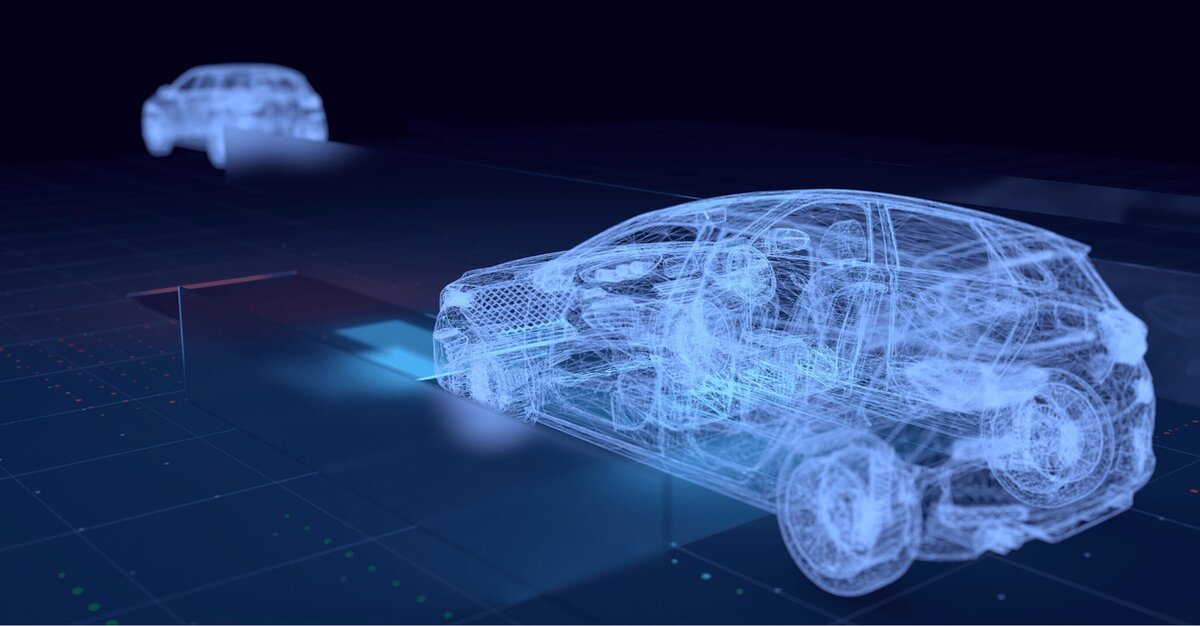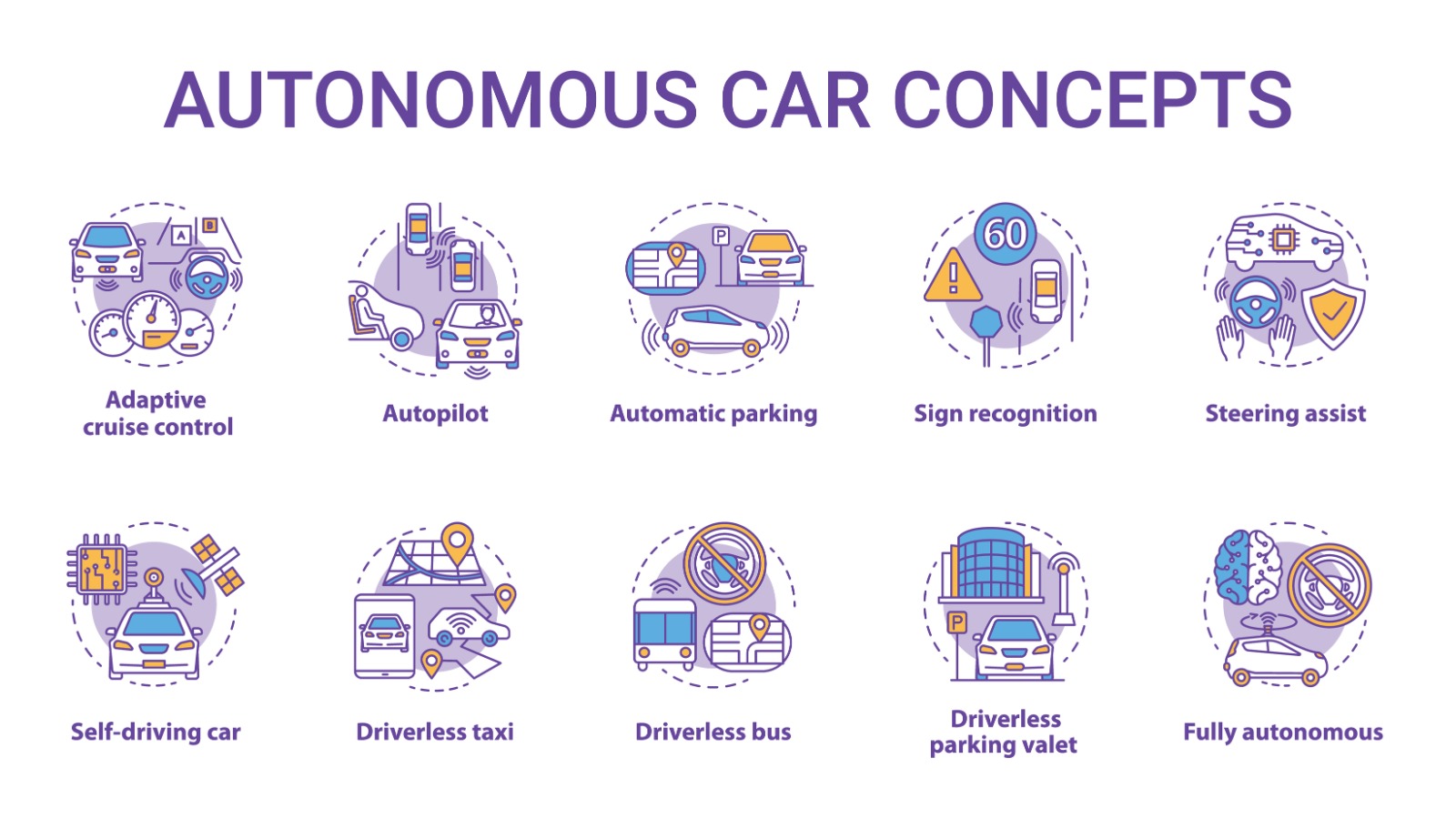When you engage with data mining, you will find yourself sorting through large data sets in order to identify patterns and relationships that can help solve business problems. When you draw the data, you will conduct data analysis to understand your business’ past, and predict future trends. If carried out correctly, data mining will help you to make better-informed business decisions. The data mining process has seven steps: data sets, pre-processing, classification, database, statistics, analytics and evaluation.
Data Sets
A data set is an ordered collection of data. You may gather this information in a number of ways, including via observations, measurements or study. Data sets can take the form of facts, numbers, figures, names, or even basic descriptions.
Pre-Processing
You may have a lot of data sets. This is why you need to carry out data preprocessing. This is the stage where you take raw data and put it into an understandable format.
Classification
Classification helps you to create categories or “subpopulations” to organise your data.
Database
A database is where you store the information that you gather. You need to make sure that databases are secure, especially if you are dealing with sensitive data.
Statistics
Statistics is the stage where you carry out analysis and interpretation of numeric data. It is heavily tied to applied mathematics. It will help you to draw conclusions based on a small amount of data.
Analytics
During the next stage, you will take your data, figure out patterns and draw conclusions. You may use a specialist team, machine learning or prognostication analytics to help.
Evaluation
When you’ve analysed your information, you can come to conclusions and inferences. The evaluation process will see you draw your final thoughts and implement processes.







